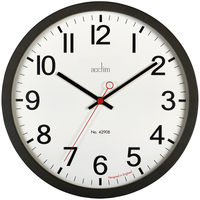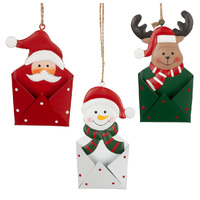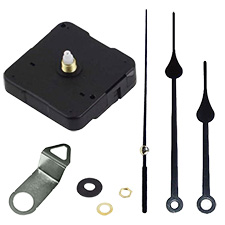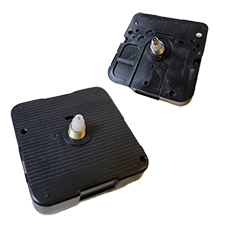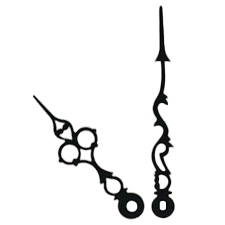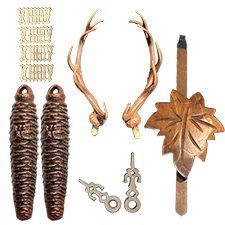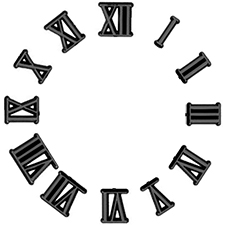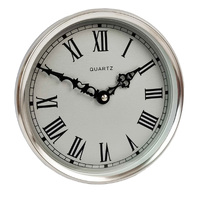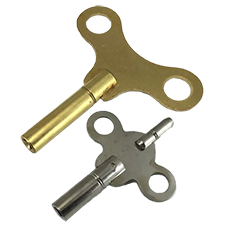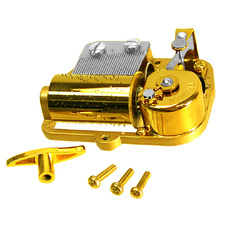History Of The Cuckoo Clock
Author: Clock Shop
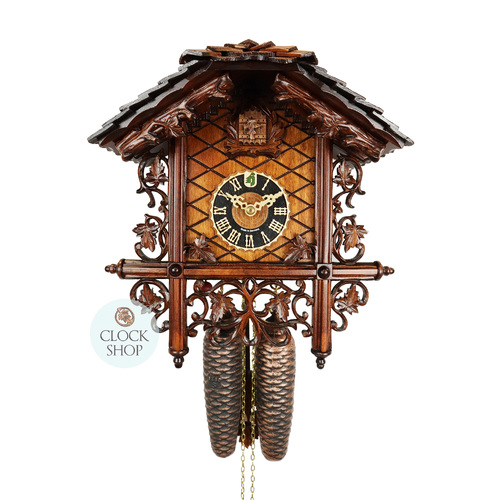
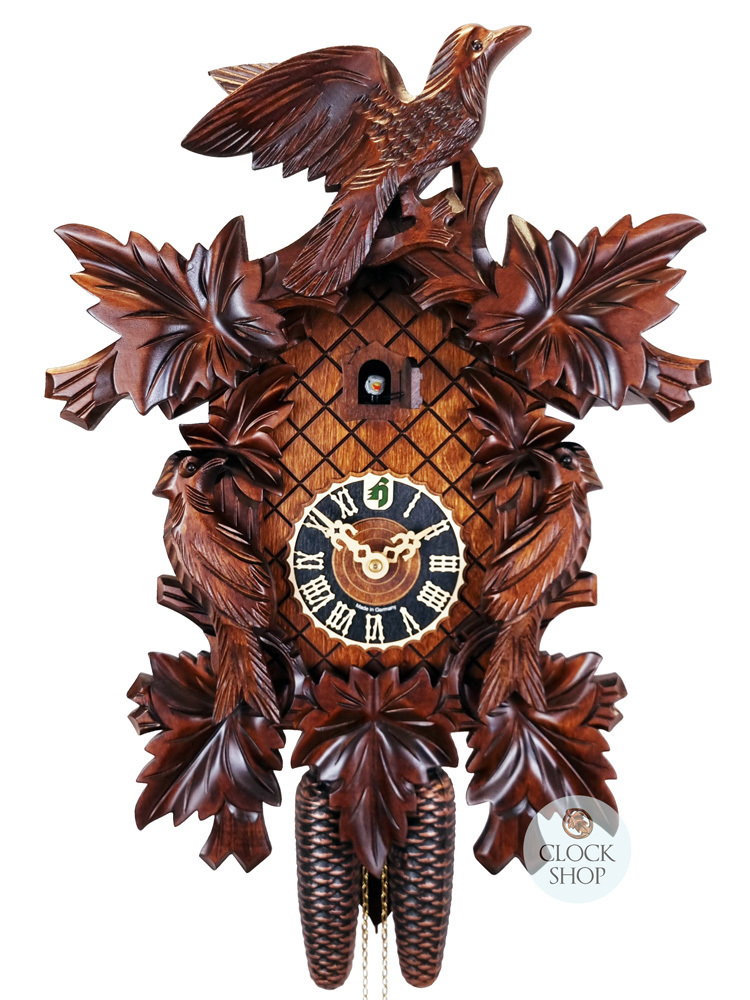
The cuckoo clock is a true cultural icon of Germany. These impressive timepieces are thought to have originated from the Black Forest in Germany in the mid 1700’s, with the original design thought of as early as 1629, when an Augsburg merchant named Philipp Hainhofer developed the first idea of a cuckoo clock. This was a revolutionary development as people in Bavaria were using sundials and hourglasses to track time in the early 1600’s. Following on from this, in 1669 a man named Domenico Martinelli wrote a book on clocks named ‘Horologi Elementari’. In this book, he proposes the idea of using a cuckoo call to indicate the time each hour. One of the earliest styles of clocks produced in the Black Forest was around the same time. It was a wood-beam clock that featured simple wooden gears and a stone used as the weight. The pendulum clock had recently been invented by Dutch scientist Christiaan Huygens, however this had not yet reached the clock making industry in Bavaria as the wood-beam clocks which were being produced did not have a pendulum.
The first German cuckoo clock was crafted in the 1730s, deep in the Black Forest in the village of Schonwald, by a local clockmaker named Franz Anton Ketterer- a name that is well recognised as one of the earliest makers of cuckoo clocks. Slowly, Black Forest villagers began making similar style cuckoo clocks in their own workshops, eventually leading to the recognised form of a cuckoo clock. These early 18th Century cuckoo clocks were entirely made from linden wood, using local timber sourced from the Black Forest. Early forms of the cuckoo clock had moving features such as dancers and animals, otherwise known as automaton. The cuckoo call was developed by using twin bellows which directed air through small pipes, with a small bird that would appear through a door on the hour. Amazingly, the same mechanism is still used today in Black Forest cuckoo clocks. The bird was modeled on the Cuculus Canorus, otherwise known as the common cuckoo with its distinctive coo-coo call.
Over time, different villagers in the Black Forest began to specialise in a particular aspect of the cuckoo clock, from the gears, to the case, to the mechanics and the wood carvings, working to each other's strengths. The villagers would spend the winters crafting and assembling the cuckoo clocks before a clock peddler would take them away to sell to other villages and neighbouring countries in the Spring. Quickly, the Black Forest region became well known for cuckoo clock making, a feature which remains to this day, and forms the main souvenir of the region today.
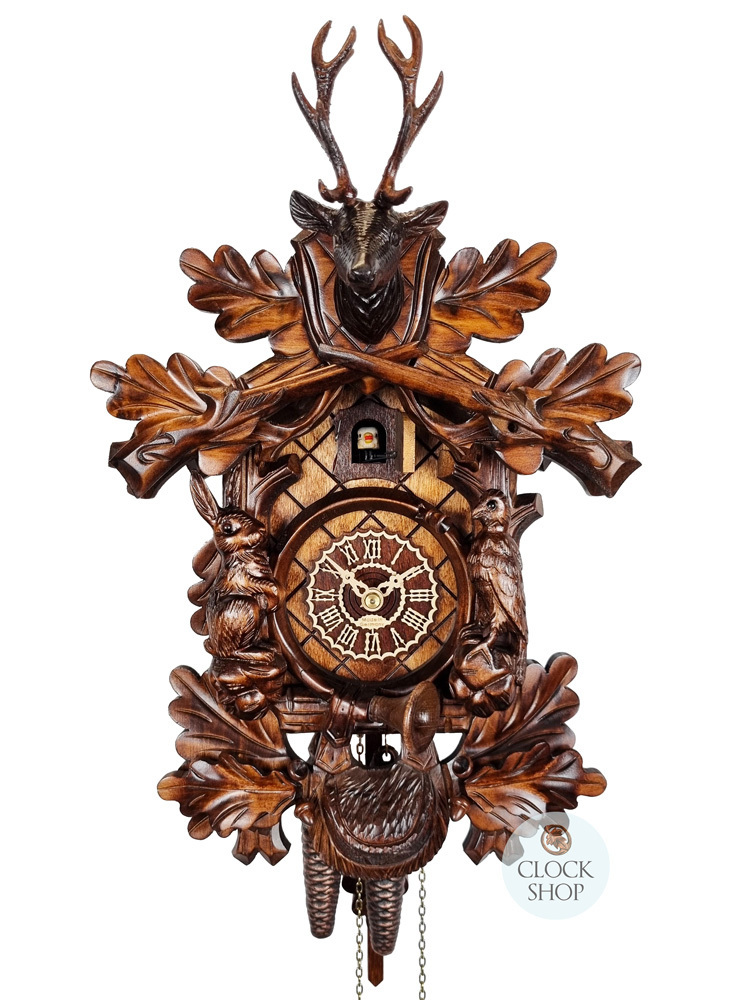
Over time, different styles of cuckoo clocks began to emerge- many of which are still commonly used today. Themes included elaborate hunting scenes adorned with carved deer heads, birds, powder bags, antlers and animals. Popular styles include both ‘Before The Hunt’, and ‘After The Hunt’ scenes. Another famous and early style of carved cuckoo clock which is still very popular today is the 5 Leaf & Bird, or the 5 Leaf & Deer designs. The features on this style of cuckoo clock include a bird or deer carving along with an arrangement of leaf foliage adorning the clock’s body, a design commonly featured on many of the early cuckoo clocks and still considered one of the most popular styles of cuckoo clock carvings today. The ornamental frame of leaves around the clock is a famous and traditional element for cuckoo clocks.
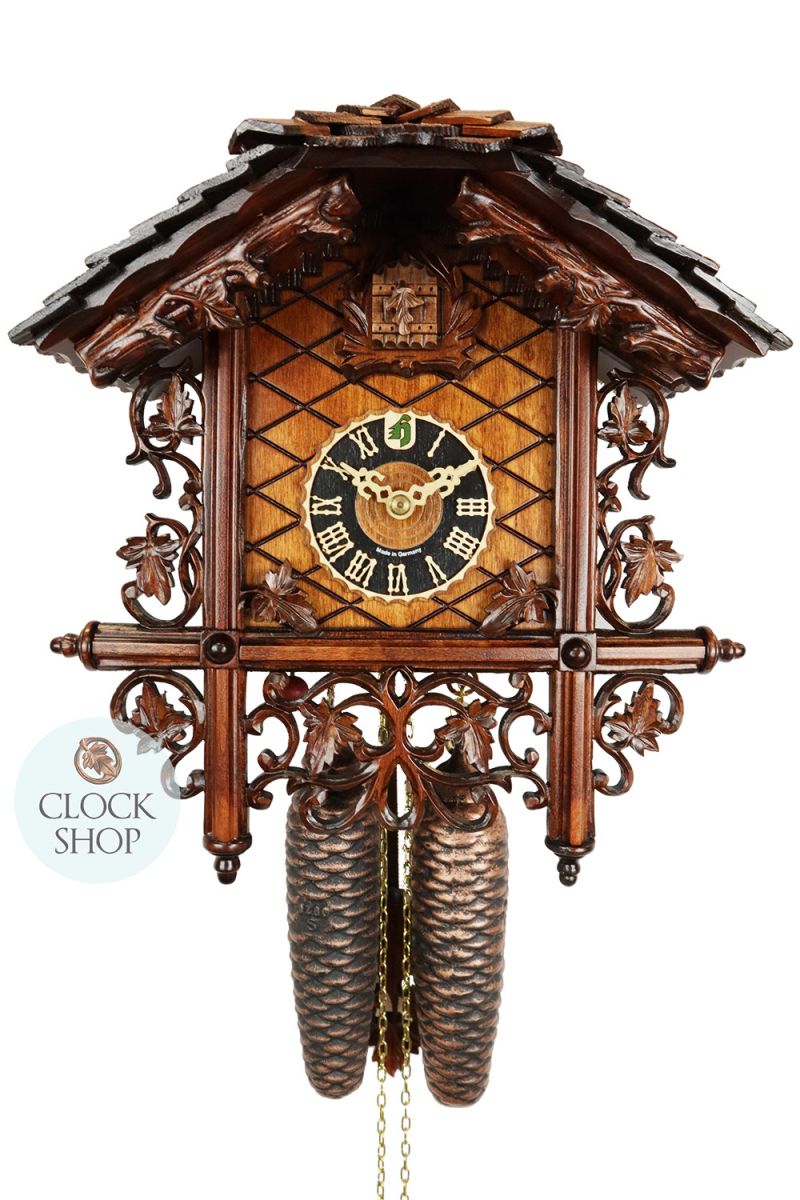
Another style which grew in popularity showcased the design of a Railroad House, otherwise known as Bahnhäusleuhr in German, which resembles an important milestone in the history of Black Forest clock making. The design came to be in the mid 18th century by Friedrich Eisenlohr, an architect for a railroad company who was inspired by the houses of railroad gatekeepers. These ornate designs featured deep and detailed carvings in the wood, with delicate ivy leaf or vine foliage adorning the exterior of the design.
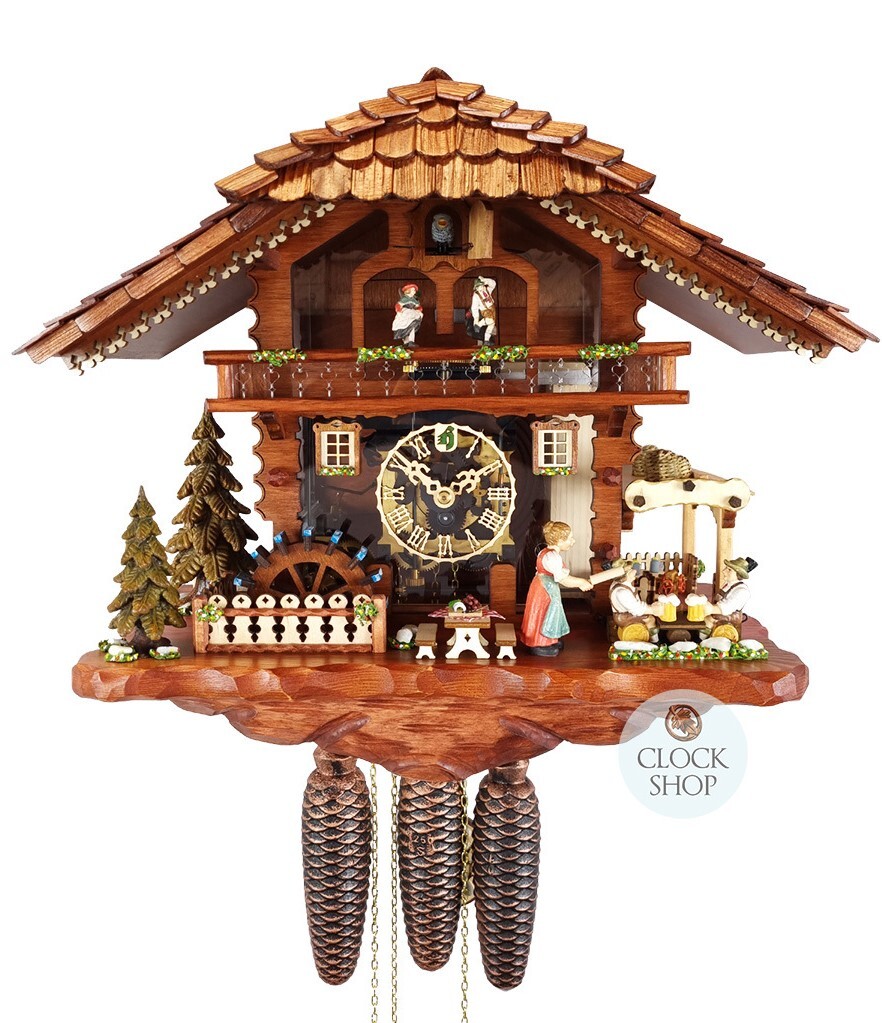
The most famous style of cuckoo clock is the Chalet Cuckoo Clock, which rose in popularity around the 19th Century. Chalet cuckoo clocks are the most common type of cuckoo clock today, and are often shaped as alpine houses with an A frame roof that represents life in the mountain regions of Europe (mainly around Southern Germany, Switzerland and Austria). Chalet cuckoo clocks feature a number of scenes, many with automaton that commonly include dancers, a water wheel and moving figurines to represent the mountain scene.
The early cuckoo clocks were all mechanical in design, which are still commonly produced today with either 1 day or 8 day movements. The modern addition of a quartz battery movement has opened up the world to battery cuckoo clocks in recent years, many which feature the same styles and carvings as their mechanical counterparts. However, rather than winding the clock once a day or once a week, a quartz cuckoo clock only requires the batteries to be changed once a year using a high quality alkaline battery.
To this day, the Black Forest remains the central hub for cuckoo clock making. Many companies today are now into the 6th generation of clockmakers, and often are still located in buildings which have seen the craft of the same cuckoo clocks for hundreds of years. The production of cuckoo clocks is a demanding craft which requires years of hard work and dedication- many of these skills have been taught down the generations of clock makers, from the original cuckoo clock builders of yesteryear. Many of the Black Forest companies that exist today still operate under the same family names that have been known for centuries. Some of these names include Anton Schneider, a 6th generation company who have been in production since 1848; August Schwer, an award winning family-run business established in 1885; Robert Herr Cuckoo Clocks, a family run business that originated in 1868 and is into the 5th generation of cuckoo clock making; and Rombach & Haas, founded in 1894 and are now into the 4th generation. Amazingly, the inside of the building has remained the same- workbenches from the 18th Century are still in use, the original wooden floors, drawers and components are still in use from their original days. The current owners work hard to maintain the historic work atmosphere, whilst expanding their production line from original Black Forest style clocks to now include a range of exciting modern cuckoo clocks. One further company who have dived into the modern range of cuckoo clocks is AMS, originally established in 1776.
A number of highly reputable companies have also been formed within the century, including Hönes, who have been operating for 70 years; Trenkle Uhren GmbH, who have been operating for 50 years; and Engstler, a flexible family enterprise which has been led with modern ideas.
The complete process of creating a cuckoo clock from start to finish requires a team of specialised craftspeople- from woodcarvers to painters, internal mechanics workers, musical elements specialists, and assemblers who see each piece through the entire journey from start to the finished piece.
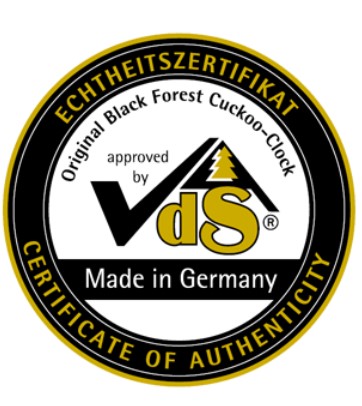
Every mechanical cuckoo clock crafted in the Black Forest is required to meet the very high standards of cuckoo clock production, and as such, the VDS-Verein die Schwarzwalduhr (otherwise known as the Black Forest Clock Association) was formed. Any mechanical cuckoo clock produced in the Black Forest comes with a certificate of authenticity by the VDS association. In order to provide customers with this certificate of authenticity, the product must be produced authentically and exclusively from the Black Forest, and must be working purely mechanically with all of its essential working parts to have also been produced in the Black Forest as well. This ensures that all Black Forest mechanical cuckoo clocks guarantee the hallmarks of quality and authenticity.
When you purchase a cuckoo clock from the Clock Shop you will be guaranteed a product that is authentic in origin, sourced directly from Germany, and crafted of the highest quality. These beautiful and unique hand carved clocks date back to the early 18th century and are still manufactured in the Black Forest region of Germany today.


